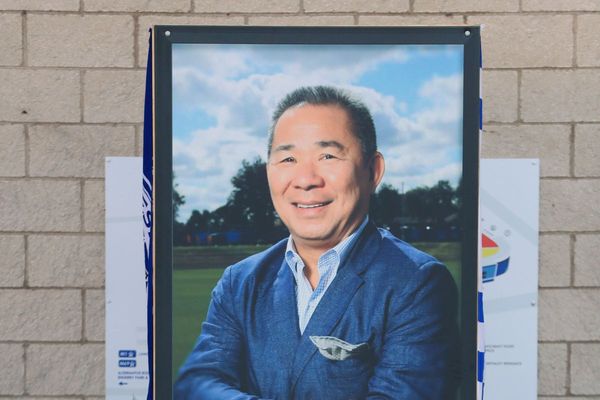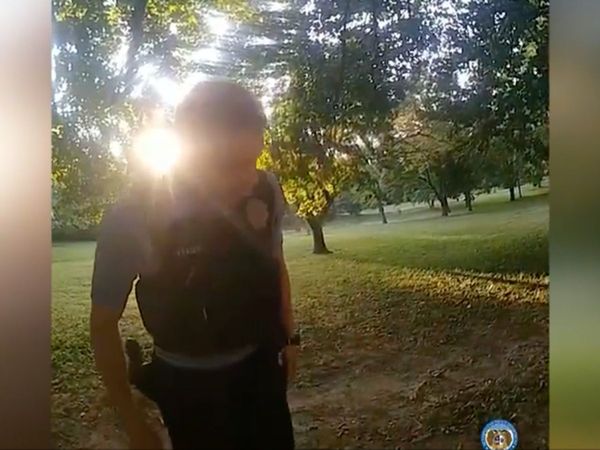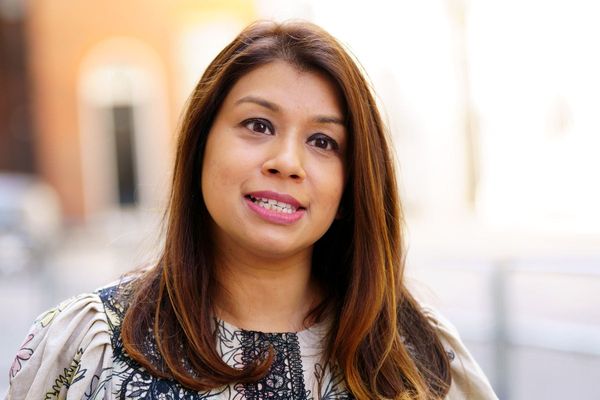Since the 1980s, the cochlear implant has helped bring hearing to hundreds of thousands of people, but a new international effort aims to develop a new type of implant that will produce a keener, more natural form of hearing.
Scientists at the Feinstein Institute for Medical Research in Manhasset, fueled by a $9.7 million federal grant, are part of a global initiative that involves physicians, surgeons, engineers and neuroscientists. They will develop not only a device, but a form of surgery to place the implant in the auditory nerve, which communicates directly with the brain.
"I will be helping to develop the electrode arrays," said Loren Rieth, a professor at the Feinstein and a leading researcher in the field of bioelectronic medicine, which will be key in developing a new form of implant to facilitate hearing.
"We want to develop an electrode that goes directly into the auditory nerve. And we therefore hope to stimulate a smaller population of nerve fibers to produce a more natural form of hearing," Rieth said.
The grant is from the National Institutes of Health's Brain Research through Advancing Innovative Neurotechnologies, an initiative that goes by the acronym BRAIN.
The grant will allow Rieth and his collaborators to develop the device and surgical approach, study the device's safety and effectiveness, and ultimately implant the devices in volunteers with hearing loss who are not able to use cochlear implants.
Since the mid-1980s, the cochlear implant has been used to treat deafness via an electrode array that is placed in a bony spiral _ a snail-shaped bone _ in the ear, called the cochlea, to stimulate the auditory nerve. And while the implant has revolutionized sound perception for people worldwide, it does not provide hearing at lower frequencies, Rieth said.
The National Institute on Deafness and Other Communication Disorders estimates a growing need for hearing assistance, especially among people who are profoundly deaf. The institute estimates more than 324,200 people worldwide have cochlear implants, about 96,000 of them are in the United States, including an estimated 38,000 children.
The device under development will be what Rieth calls "a quantum leap" over the cochlear implant because of its capacity to communicate directly with the brain.
In recent years, the Feinstein Institute has been studying and developing numerous bioelectronic implants to effectively treat a range of medical conditions, most resulting from inflammatory processes, such as lupus and rheumatoid arthritis.
Researchers, led by bioelectronic medicine pioneer Dr. Kevin Tracey, the Feinstein's president and chief executive, have worked on numerous other developments in the field as well, including a device that controls postpartum hemorrhaging.
Rieth, who came to the Feinstein Institute two years ago from the University of Utah, worked on the electronic architecture of the Utah Electrode Array, an infinitesimal implant _ a brain-computer _ that can send and receive brain impulses. Research projects involving the Utah Array have focused on pain modulation and a bionic eye.
Now, Reith and his Feinstein team, who are collaborating with an international group of scientists, hope to produce a tiny device within five years that will achieve sound resolution that covers a wide range of frequencies.
"I'm excited by the opportunity to apply the nerve stimulation approaches of bioelectronic medicine to hearing restoration, focusing on the hearing nerve that travels from the cochlea to the brain," Reith said.
The research effort is being led by scientists at the University of Minnesota and will include those from six other institutions, including the University of Utah and Hannover Medical School in Hannover, Germany. Clinical testing on volunteers initially will be performed in Germany, Rieth said.
"The study brings together eight institutions from the United States and Europe to advance new devices for hearing loss," said Tracey, who also noted that collaboration across fields of expertise and institutions is critical to the success of bioelectronic medicine.







